Description
Create perfect inlays using router inlay templates.
Use this ‘pig profile’ template to add a unique touch to cutting boards, charcuterie boards, toy chests, or any other wooden object. It can be used for either wood or epoxy inlays.
How to use: This template is designed to be used with a router inlay kit. The kit should include a guide bushing, collar, 1/8 spiral bit, and centering pin for your router base plate. See recommend tools and step by step process below.
Reusable template: These plywood templates can be reused multiple times if removed carefully and used with this double-sided tape (which won’t damage the wood or leave any residue). Plywood templates may not be suited for large batch production.
Dimensions:
Template is 8.5” wide by 7” tall (216 x 178 mm)
Pig profile is approximately 5.9” wide by 4.3” tall (150 x 110 mm)
Template is made from 4 mm high quality plywood.
Recommended tools:
- This router template
- Plunge router
- Router inlay kit
- Straight bit
- Double-sided tape
Educational resources
Recommended process – WOOD inlay:
- Secure your workpiece to the work surface.
- Secure the template to your workpiece using this double-sided tape.
- Make sure to center your router’s base plate using the centering pin included in the router inlay kit.
- Using the 1/8 spiral bit and guide bushing with the collar, follow the inside contour of the template (in a clockwise direction) to carve the outline of the shape.
- Use a larger straight bit like this one to carve out the rest of the inner shape (remove the guide bushing for this).
- Carefully remove the template. Secure it to the blank you want to use to cut the inlay shape using double-sided tape.
- Using the 1/8 spiral bit and guide bushing without the collar, follow the inside contour of the template (in a clockwise direction). Make sure to keep the guide bushing tight against the template at all times.
- Carefully remove the template. Use a bandsaw to release the shape from the blank.
- After a test fit (it helps to sand the corners on the backside) apply glue and tap into place using a rubber mallet. Clamp and let dry.
- Sand until flush, then apply finish.
Recommended process – EPOXY inlay:
- Secure your workpiece to the work surface.
- Secure the template to your workpiece using this double-sided tape.
- Make sure to center your router’s base plate using the centering pin included in the router inlay kit.
- Using the 1/8 spiral bit and guide bushing (without the collar), follow the inside contour of the template (in a clockwise direction) to carve the outline of the shape.
- Use a larger straight bit like this one to carve out the rest of the inner shape (remove the guide bushing for this).
- Carefully remove the template.
- Fill the cavity with epoxy. It is recommended to first seal the wood surrounding the inlay with clear epoxy to avoid bleeding of colors into the surrounding wood.
- Sand until flush, then apply finish.
Note:
- Small templates are recommended for epoxy inlays
- Large templates are recommended for wood inlays or can also be used for epoxy inlays
Tip: You may not achieve perfect results on the first try, so it is recommended to practice first. For more insights into the process, watch the video below.

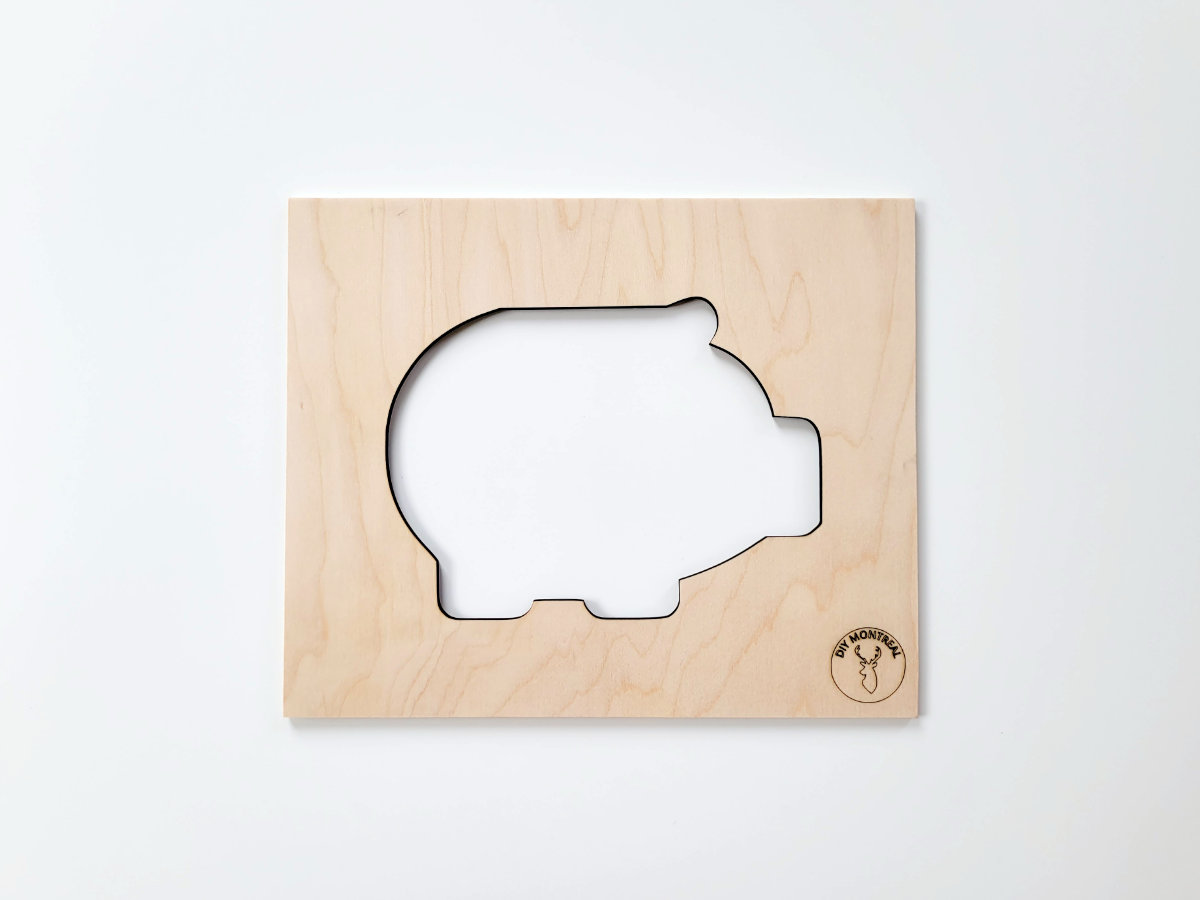
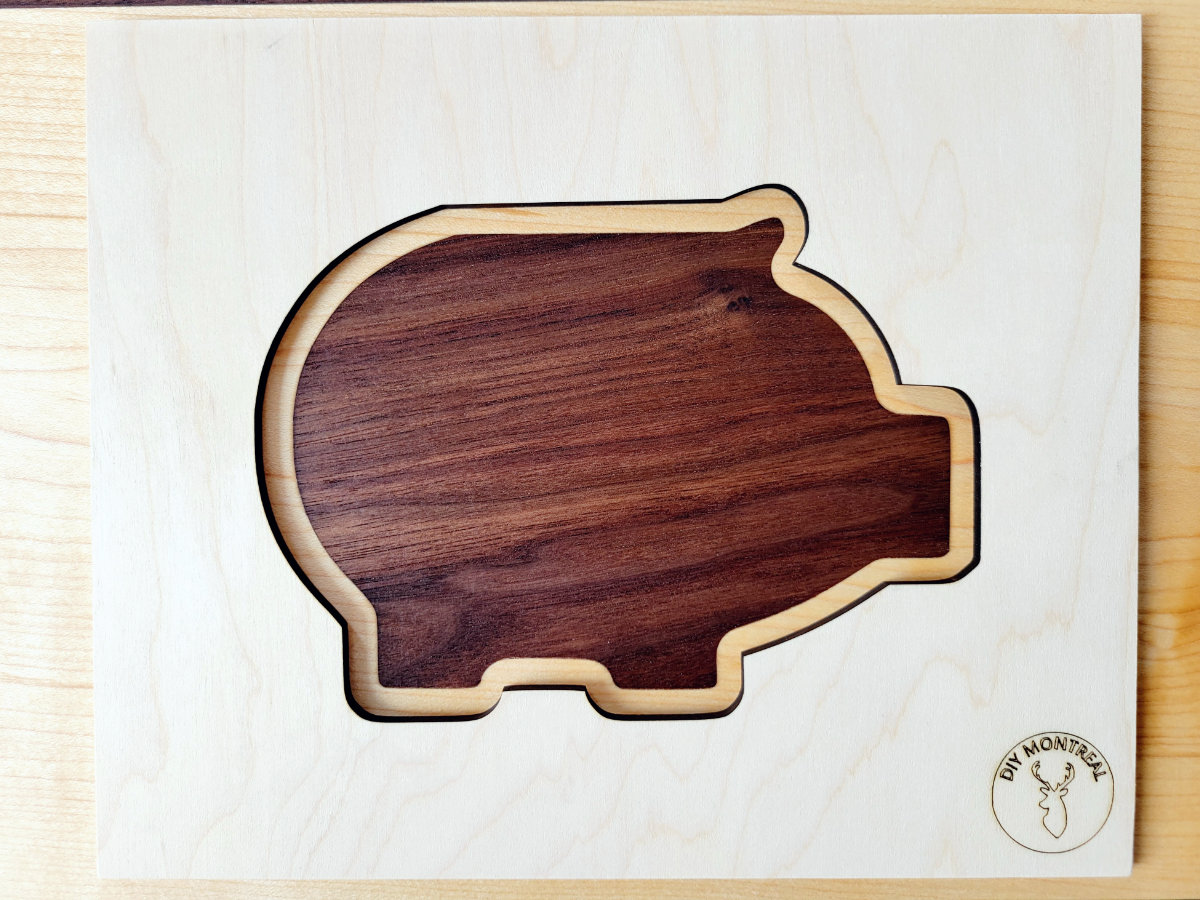
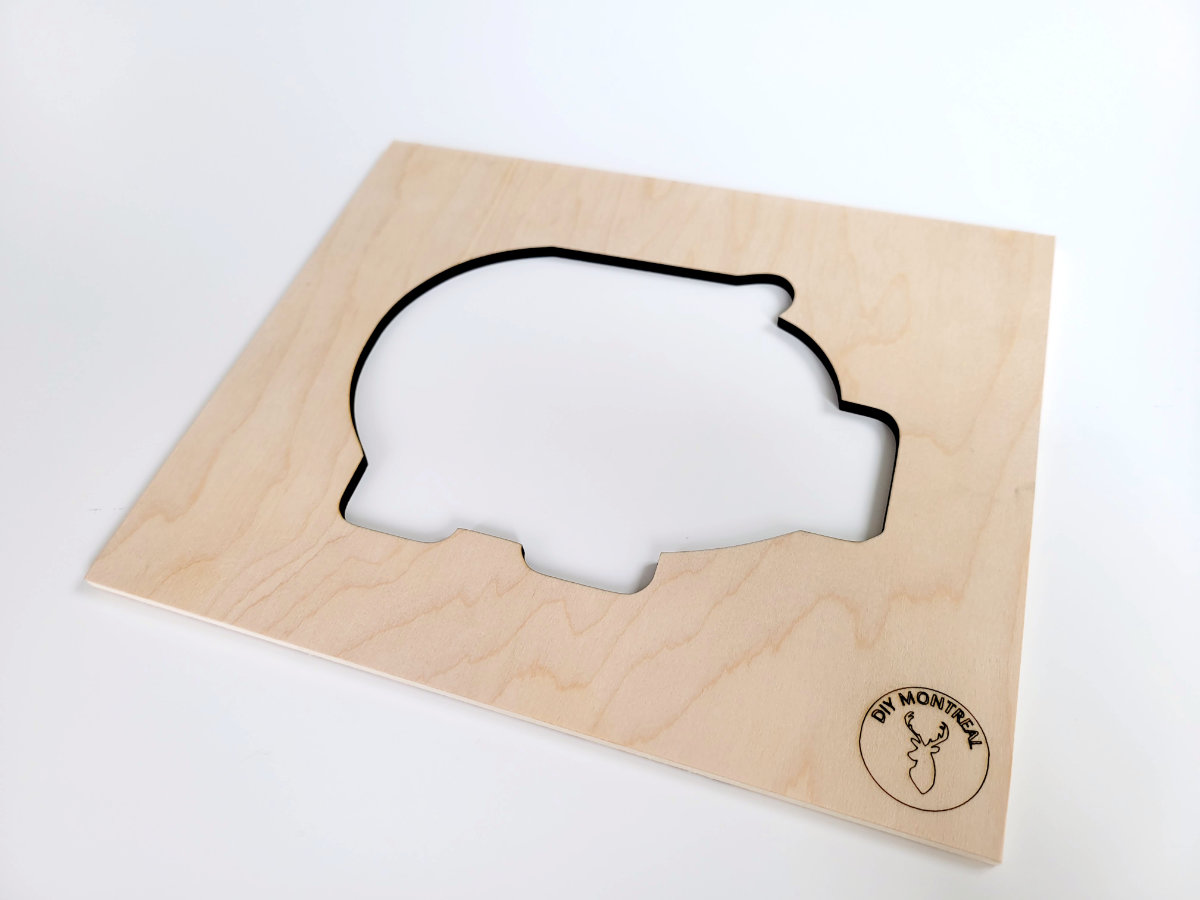
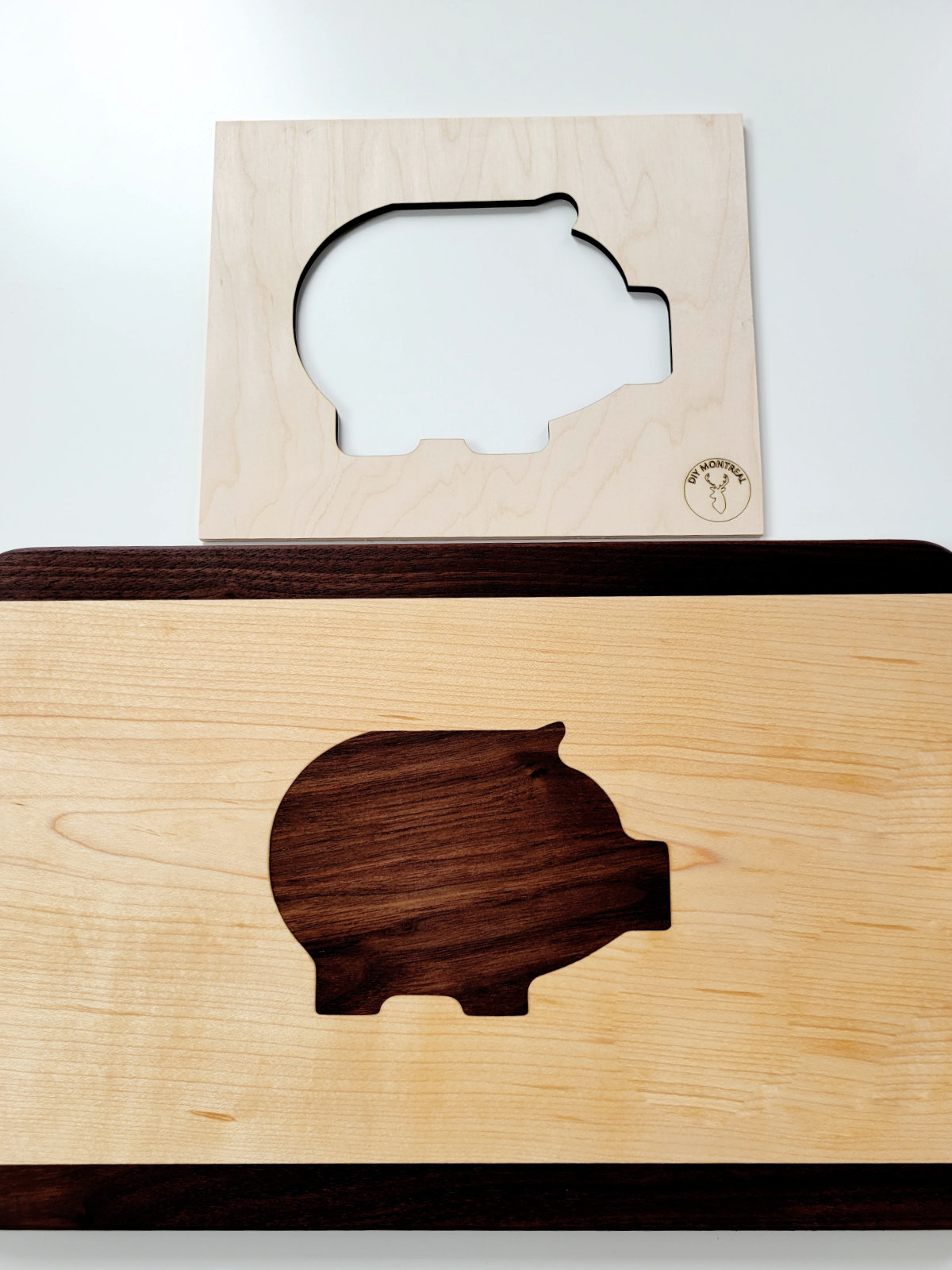
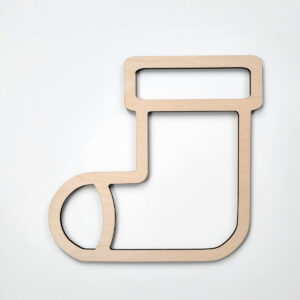

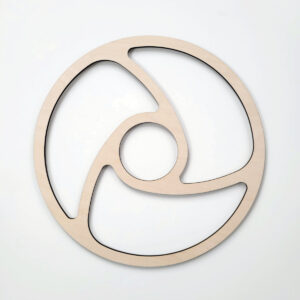
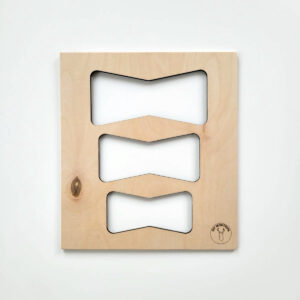
Reviews
There are no reviews yet.